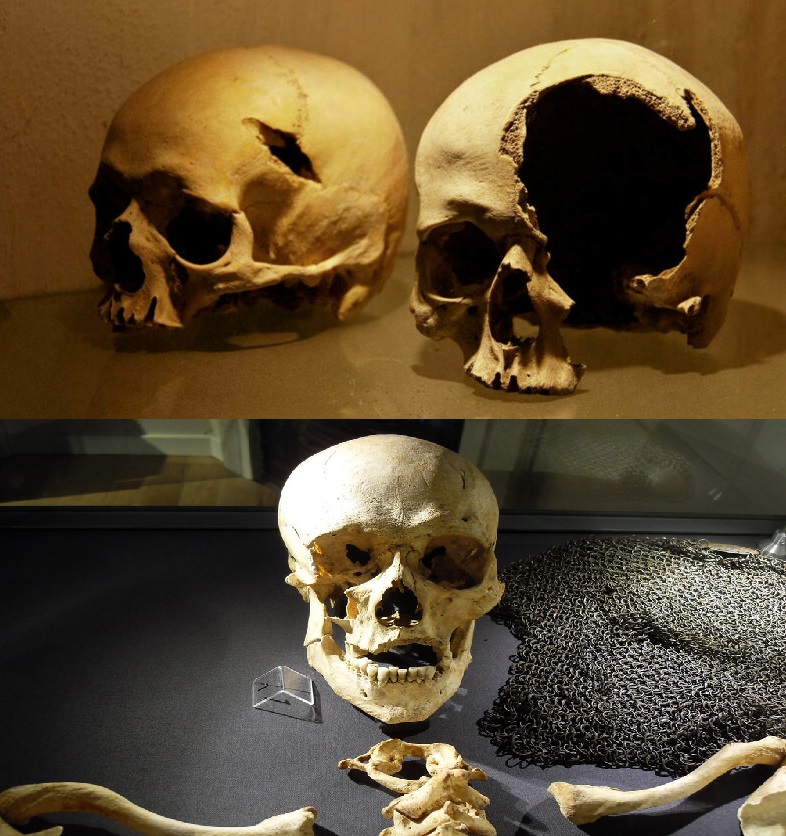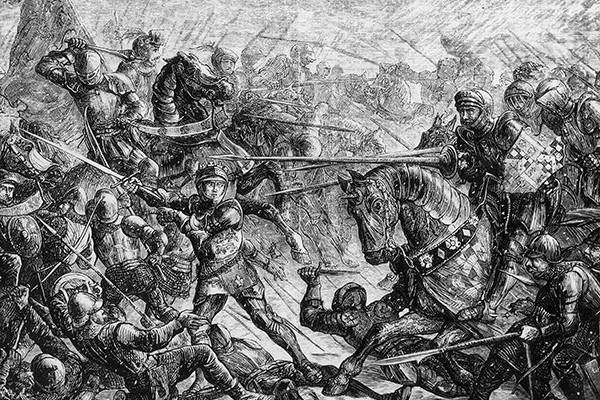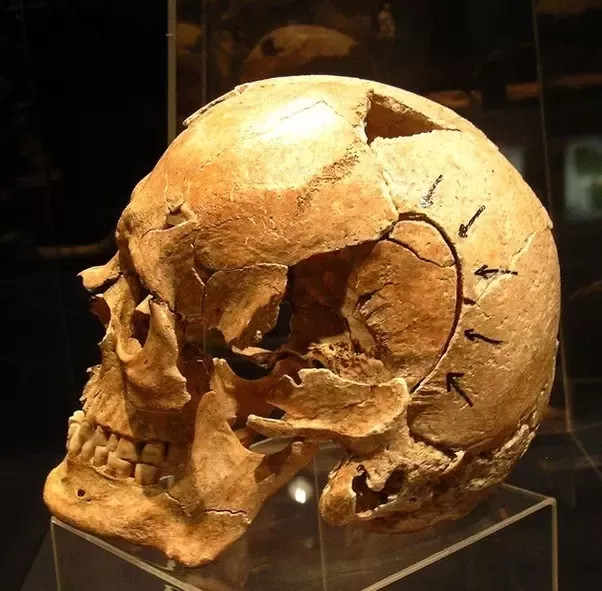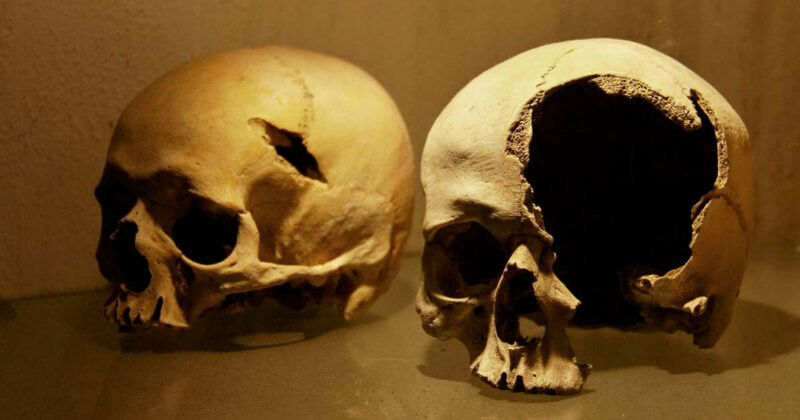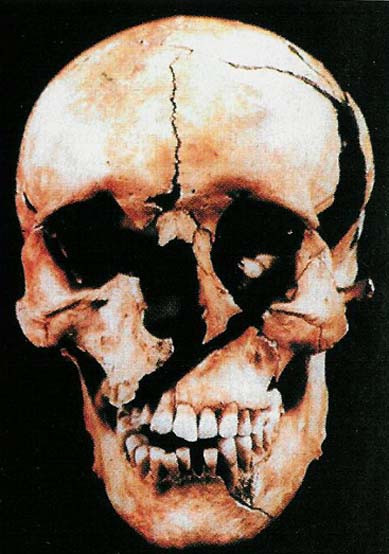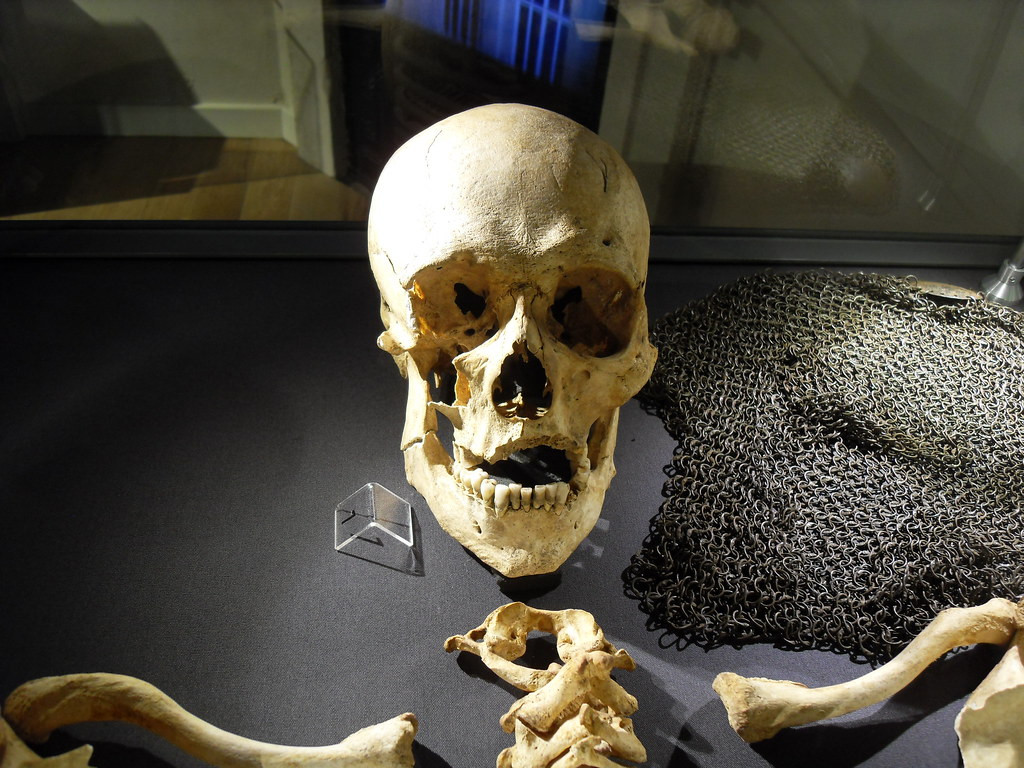History is often written in chronicles of kings, treaties, and dynasties, but sometimes the truest story is told by the land itself. Beneath the soil of Towton, a small village in Yorkshire, lies evidence of one of England’s most defining and devastating moments. The Battle of Towton, fought on March 29, 1461, during the Wars of the Roses, is remembered as the bloodiest single day ever fought on English soil.
While medieval texts describe its scale and carnage, it was not until modern archaeology uncovered mass graves near the battlefield that the human cost of the conflict became clear. The bones of Towton’s fallen—silent witnesses to history—tell a tale of bitter cold, political rivalry, and unimaginable loss.
The Frozen Fields of Towton: A Battlefield Frozen in Time
On that Palm Sunday in 1461, tens of thousands of men marched onto the fields of Towton. The armies of the rival houses of York and Lancaster met in a clash that would decide the fate of the English crown. The day was bitterly cold, with heavy snow carried by fierce winds across the open countryside. Visibility was poor, yet neither side could retreat.
Chroniclers of the time estimated that more than 50,000 soldiers took part—an enormous number for the 15th century. For hours, the clash of swords, arrows, and armored men echoed across the snowy fields. By the end of the day, the outcome was decisive: the Yorkists, led by Edward IV, had triumphed. Yet the price was staggering. Contemporary accounts claimed that up to 28,000 men were killed, though modern historians suggest somewhat fewer. Regardless, Towton was a turning point, both in the war and in the lives of countless English families.
Unearthing the Past: A Grim Discovery
For centuries, the battlefield lay quiet, its fields plowed and villages rebuilt. But the dead remained below. It wasn’t until the late 20th century that archaeologists began systematic excavations around Towton.
What they uncovered shocked even seasoned researchers: mass graves filled with the remains of soldiers, hastily buried after the battle. Unlike carefully prepared medieval burials, these were crowded pits where bodies had been interred in layers, their bones intermingled by time.
The discovery transformed Towton from a name in history books into a vivid reality. No longer was the battle an abstract event. Here were the men themselves, their remains speaking across six centuries.
Reading the Bones: Weapons and Wounds
Archaeologists and forensic anthropologists studied the skeletons carefully, and what they found painted a vivid picture of medieval combat. Many of the remains bore evidence of repeated trauma, showing how brutal and close-quarters the fighting must have been.
-
Head injuries revealed that helmets offered limited protection against heavy strikes. Deep cuts and crushing damage suggested blows from swords, maces, and war hammers.
-
Defensive wounds on arms and hands indicated that soldiers often raised their limbs to protect themselves, sometimes in vain.
-
Multiple strikes on the same skeletons showed that some men were attacked again and again, underscoring the intensity of the fighting.
Importantly, the bones also revealed details about medieval weaponry. Poleaxes, longbows, and swords left distinctive marks, allowing researchers to identify the weapons most commonly used in the battle. Through these findings, archaeology provided an unfiltered view of the savagery of hand-to-hand combat in the 15th century.
Beyond the Battle: Lives Cut Short
The remains also gave glimpses into who these men were before Towton. Many skeletons belonged to young adults in their late teens or early twenties, though older men were present as well. Signs of stress on bones suggested that many came from hard-working backgrounds—peasants, laborers, or townsmen who were called to fight in the service of their lords.
Some skeletons bore evidence of past illnesses, malnutrition, or healed injuries from earlier conflicts. A few showed signs of kinship, hinting that fathers and sons or brothers may have died side by side.
Through these findings, the soldiers of Towton became more than statistics. They were individuals—farmers, apprentices, fathers, and sons—whose lives were cut short by dynastic struggle.
The Wars of the Roses: A Nation Divided
To understand the significance of Towton, it is necessary to place it within the context of the Wars of the Roses. This series of civil wars, fought between the House of Lancaster (symbolized by the red rose) and the House of York (symbolized by the white rose), was as much about power and legitimacy as it was about family loyalty.
Towton marked a decisive turning point. Edward of York, just 18 years old, claimed victory and soon after the crown as Edward IV. The Lancastrians were driven into exile, and England entered a new phase of Yorkist dominance. Yet this came at the price of thousands of lives and communities devastated by loss.
The discovery of mass graves centuries later reveals the true scale of that cost—something the chronicles alone could never capture.
Lessons Written in Bone
The skeletons unearthed at Towton are not merely scientific specimens. They are storytellers. Each fracture, each healed injury, and each life cut short tells us something about the harshness of medieval existence and the human cost of political ambition.
Their remains compel us to confront the realities of war, stripped of romanticism or chivalric legend. Behind every noble banner and royal ambition were ordinary men who bore the burden—and the consequences—of conflict.
Honoring the Fallen: Preserving History’s Lessons
Modern researchers have worked not only to study but also to honor the Towton dead. Careful analysis, respectful handling, and proper reburial ensure that the men are remembered with dignity. Museums and exhibitions share their stories with the public, helping people today connect with a past that might otherwise remain abstract.
These efforts are more than academic. By preserving and studying the battlefield and its graves, we ensure that future generations understand both the events of 1461 and the broader lessons about the cost of civil war.
The Human Legacy of Towton
Towton remains a stark chapter in England’s history. It reminds us of how fragile peace can be, how easily ambition can divide nations, and how ordinary people are often caught in the crossfire of great events.
For the families who lived through it, Towton was not just a date in history—it was a day of loss, trauma, and change. For us today, the mass graves and preserved bones offer a chance to reflect on our shared humanity, the futility of violence, and the enduring hope for peace.
Conclusion: The Silent Testimony of Towton
The Battle of Towton may have secured a crown and reshaped English politics, but its most lasting legacy is not written in royal chronicles. It lies beneath the soil, in the bones of men who marched into the snow and never returned home.
Their remains remind us that history is not just about kings and battles, but about human lives—fragile, precious, and too often lost to conflict. As we look upon their silent testimony, we are called to remember their sacrifice and to learn from the lessons they left behind.
Towton was once a place of unimaginable violence; today, it is a place of reflection. In its fields, we find not only a story of war but also a reminder of peace’s priceless value.
